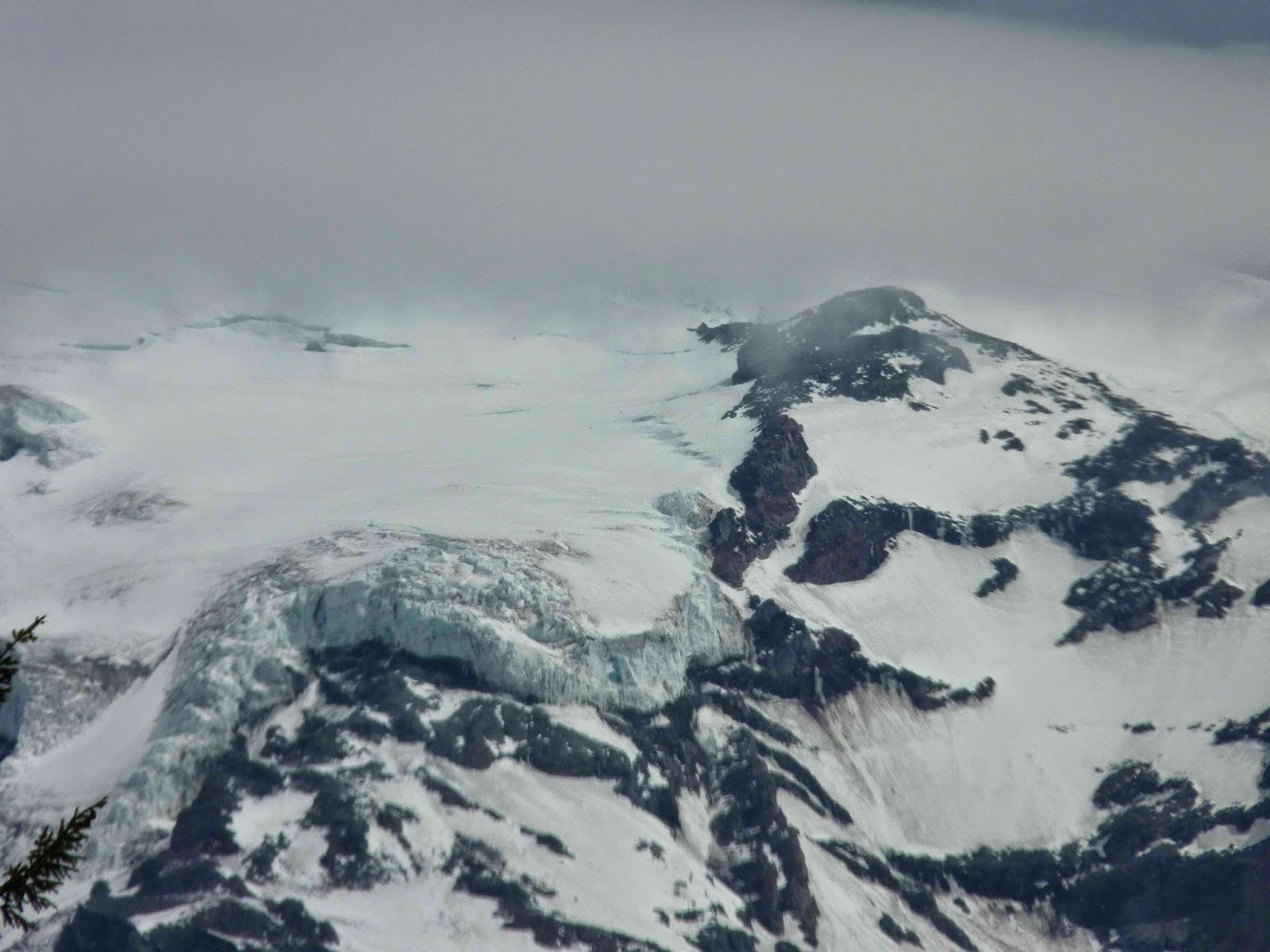With just one day left to explore the remaining sections of
Olympic National Park, we left early and saw a lot! First, Hurricane Ridge. It is an amazing ridge of mountains,
including a view of Mt. Baker many miles to the east. The ridge is so
long that I can’t put a panorama of it in this blog. Had to cut the picture in half. Here are, from left to right, both portions
of Hurricane Ridge.
The high meadows are green, filled with bright wildflowers,
and grazing deer.
From the other side of our vantage point, you can see just
how high the road climbs to view Hurricane Ridge. This view is as beautiful, showing off
Olympic NP in all of her spring glory.
Fabulous waterfalls are everywhere, especially in the rain
forests.
I rather regretted leaving our beach front camp site, but
off we motored on Tuesday morning, making our way to Mt. Rainier NP. Mt. Rainier – wow.
Mt. Rainier NP is a huge square which surrounds Mt. Rainier. Mr. Rainier herself is like a flower with 25
petals flowing down from her high peak (14,410 Ft). Each petal is actually a
glacier. Mt. Rainier NP has more
glaciers than any other national park in the continental US. This particular glacier is
flowing – you can
see some of the characteristic blue ice in it.
We were extremely fortunate to see Mt. Rainier on a clear,
blue skied day. We were told that many
visitors never see the top of the mountain, and we see why – clouds curled
around the mountain top from time to time.
Although it is July, 90% of the trails are still snow
packed. Here is the Paradise Visitor
Center, at a mere 5,400 feet.
And this little pika (about the size of a large mouse)
wasn’t sure if he should hide from us or not.
That white mass behind her is snow…
Again, wildflowers are abundant. We especially like the Avalanche Lilies. They are the first flowers to pop up through
the snow each year, usually in an avalanche area.
Rosey Spirea make bright spots.
Other flowers cling to sheer rocks.
Areas of volcanic flow are slowly being covered with
mosses, lichens, and tiny wildflowers, Mt. Rainier watching in the background.
Thursday, July 3
We awoke to the soft sound of rain, left in a mist, and
arrived in the far northeast section of Mt. Rainier NP in the fog at 6,400 feet.
Our 1 ½ hour trip to reach the Sunrise Visitor Center definitely showed us how the mountain could hide in the fog.
But, as the morning wore on, the fog lifted and Mt. Rainier came back. We are looking at the NE side of the mountain today. About 10,000 try the 2-3 day climb to the summit each year – less than ½ make it. About 3 weeks ago an avalanche killed 6 trying to make the climb.
No one bothered to mention to us that today was actually the
first day of this season that the Sunrise Visitor Center was open. Too much snow earlier in the season (it IS at 6,400 feet….)
Flowers don’t care about snow. As we visit different areas of the park, we
see the roadsides and fields filled with different flowers. Tiger Lilies!
And finally!!!!! A
elk!!! He is standing almost belly deep
in a marshy stream, happily grazing on grasses near the top. He was beautiful – and large.
Luke took one last walk today while I sat it out. Rainforests are also in the park, filled with
old growth and massive trees. Here are 2
of the oldest trees (over 1000 years old) and largest of the forest – Douglas Fir.
An example of the “nurse log” that I mentioned earlier. This nurse log is in a much earlier stage of
the development – the trees growing on top of the log are younger, with small
roots only beginning to crawl across the nurse log and work their way into the
ground below.
Yesterday, on the 4th, we did a couple of waterfall walks. With our absence of internet, I don't believe you'll be seeing pictures of them LOL!
Mundane chore of laundry today -but it is done! CLEAN sheets! whoohoo! Next, back to the RV for a campfire and long walk for Smokey.
Hope the 4th was a good one for everyone!































No comments:
Post a Comment